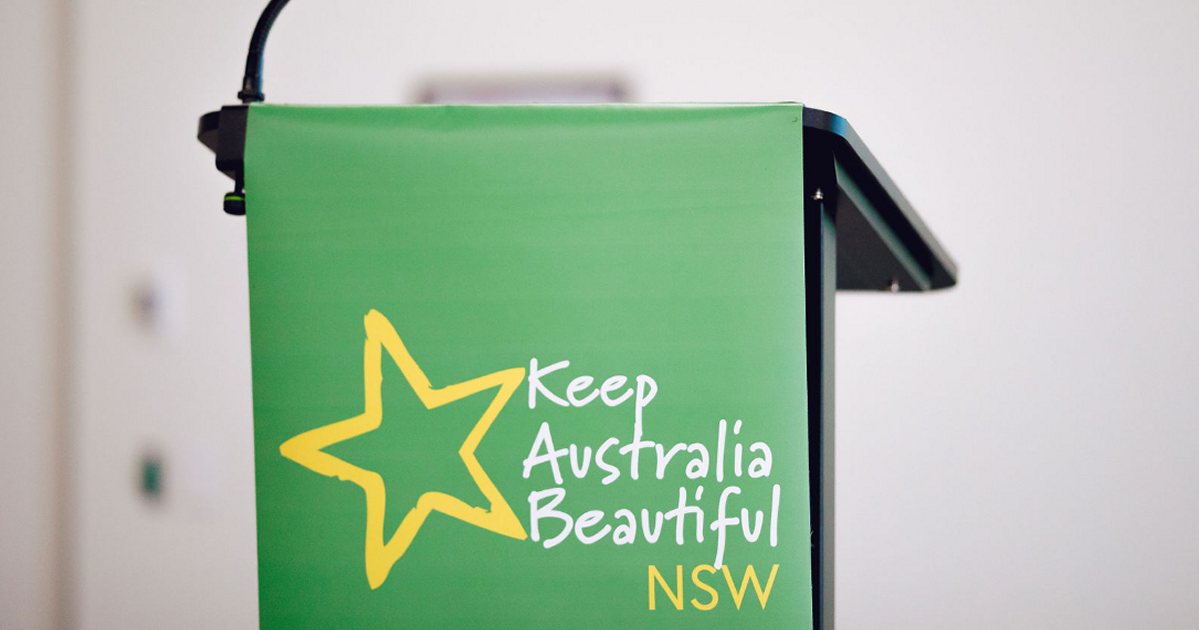Sydney’s Northern Beaches Council was announced the overall winner of the Keep Australia Beautiful NSW 2020 Sustainable Cities Awards last week.
“This year’s Overall winner, Northern Beaches Council, demonstrated great collaboration with the community, business and industry to deliver a diverse and exciting array of projects highlighting a very strong commitment to developing and implementing sustainable practices and building a sustainability ethos across the region,” said Val Southam, CEO of Keep Australia Beautiful NSW.
On the solar energy front, Council has put in a good showing. In July we reported it had just finished having its largest solar power system installed to that point – a 265kW system at Manly Andrew ‘Boy’ Charlton Aquatic Centre. In addition to this system, around 400kW of solar power capacity had been installed at seven Council sites over the previous year.
Council is also encouraging residents to install PV systems and has a goal of seeing 50% of suitable premises in the local government area with solar panels installed by 2030.
Among its other sustainability actions and beyond using solar panels to generate electricity for powering buildings, one of the interesting solar technologies Council has tinkered with in the past is are hydropanels. These are off-grid solar powered and self-contained devices that create drinking water from sunlight and air.
Northern Beaches Council covers an area from Manly to Palm Beach and west to Frenchs Forest, and has a population north of 271,000.
Renewable Energy Award Winner
While Northern Beaches may have been the overall winner and winner in several categories, the recipient of the KAB NSW Renewable Energy Award for 2020 went to Georges River Council.
Georges River Council area is located south of Sydney’s CBD. Home to more than 158,000, among its suburbs are Hurstville, Kogarah Bay and Peakhurst.
Council was recognised for its commitment to achieving 100% renewable energy (electricity) for its operations by 2025, and the implementation of initiatives including introducing electric vehicles into its fleet, joining Ausgrid’s LED Street Lights Program and kicking off a Revolving Energy Fund1 as part of its effort towards net zero emissions.
Council endorsed a target of net zero emissions by July 2025 at its October meeting.
The road to achieving 100% renewables includes a commitment to a Power Purchase Agreement and continuing to roll out solar panels across Council buildings, plus investigating options for battery storage. I wasn’t able to determine from the Georges River Council web site how much solar capacity has been installed to date.
Georges River Council has also dabbled in hydropanels, with eight installed on the roof of the Hurstville Aquatic Centre in Penshurst in 2018. The trial was meant to run for 12 months, with hydropanels to then potentially be rolled out across other Council facilities if it was successful; but not much more has been said about it.
Footnotes
- A revolving energy fund is a mechanism where the savings from one project or group of projects are used to help finance new projects. ↩


 RSS - Posts
RSS - Posts



I can understand you not finding information on Georges River Council’s website, so here’s an update of its climate actions in the past two years:
1. Its solar capacity is 278.35kW (ENV027-22 Annual Update – Progress towards Net Zero Carbon Emissions and Renewable Energy Targets). I’d love to send you a web link to the report but the council decided a couple of years ago to get rid of them. The entire agenda is now published in just one PDF.
2. According to this council report, solar panels have been installed on 13 Council owned buildings. What the report didn’t say is that some were installed by the former Kogarah Council.
3. The Council has built 11 new sports amenities buildings since the merger of the former Hurstville and Kogarah councils, but has installed solar panels on only one of them.
3. The Council purchased 2 electric vehicles in February 2020 but hasn’t bought any new ones since. A plan to transition Council’s fleet to electric pool vehicles is yet to be developed.
4. The Council didn’t exactly kick off a Revolving Energy Fund. Hurstville already had a REF and a Tree Preservation Reserve when it merged. The new council then got rid of them both and created a new Environmental Sustainability Reserve. Three years later this reserve was separated back into the two former reserves.
5. I was recently advised the hydropanel trial was initially for 24 months (not 12?) and was further extended because of Covid. Then late 2021 the dispenser that provided the water from the panels broke. Any new “dispenser must be relocated, requiring roof and plumbing work”. Council “is currently finalising the cost of works with the hydropanel supplier” and “evaluating the future use of hydropanels considering any benefit, potential ongoing and current costs and practicality with regard to the panels limited production capacity of water”. So no surprise not much more has been said publicly about its dabble.